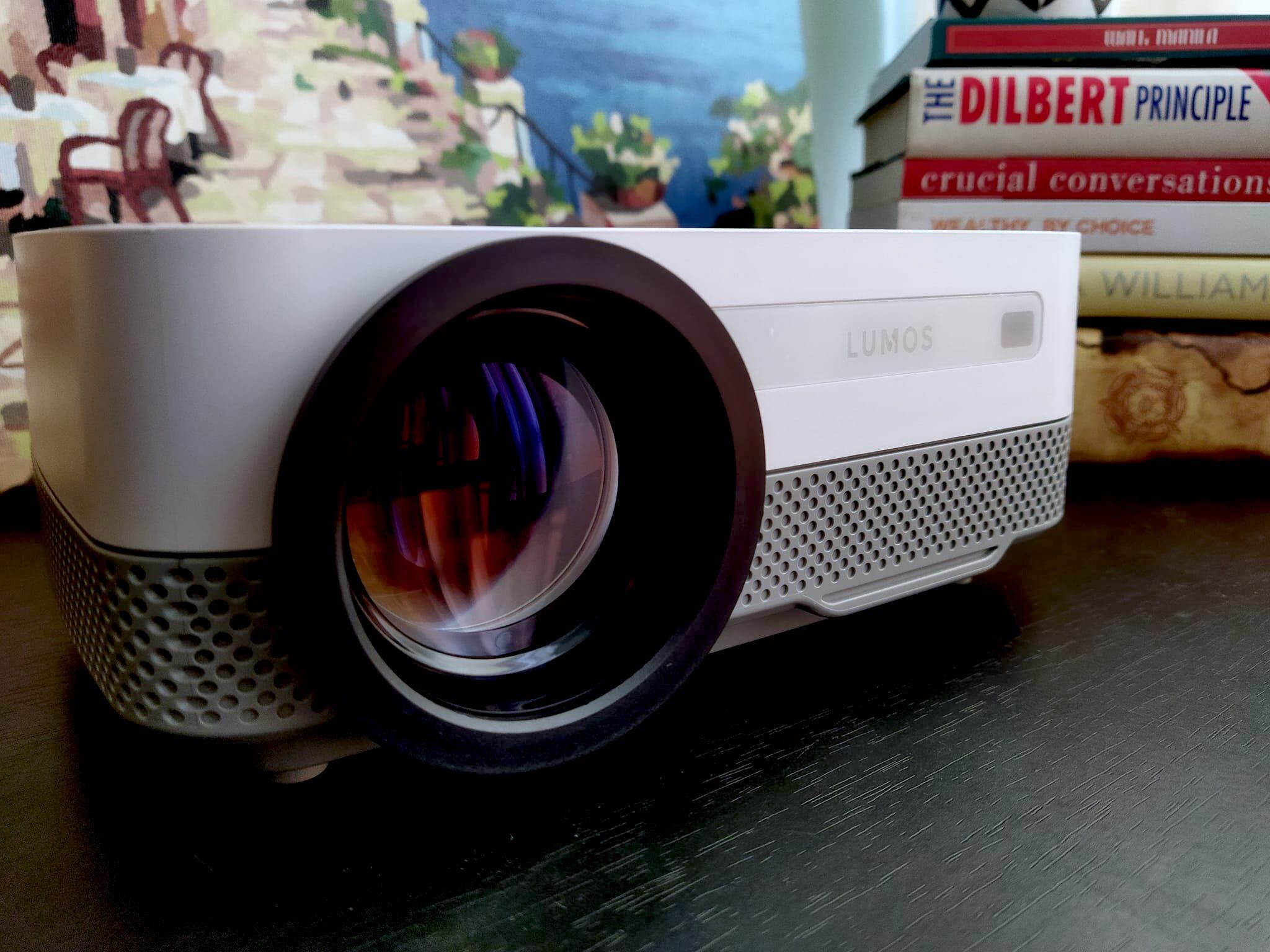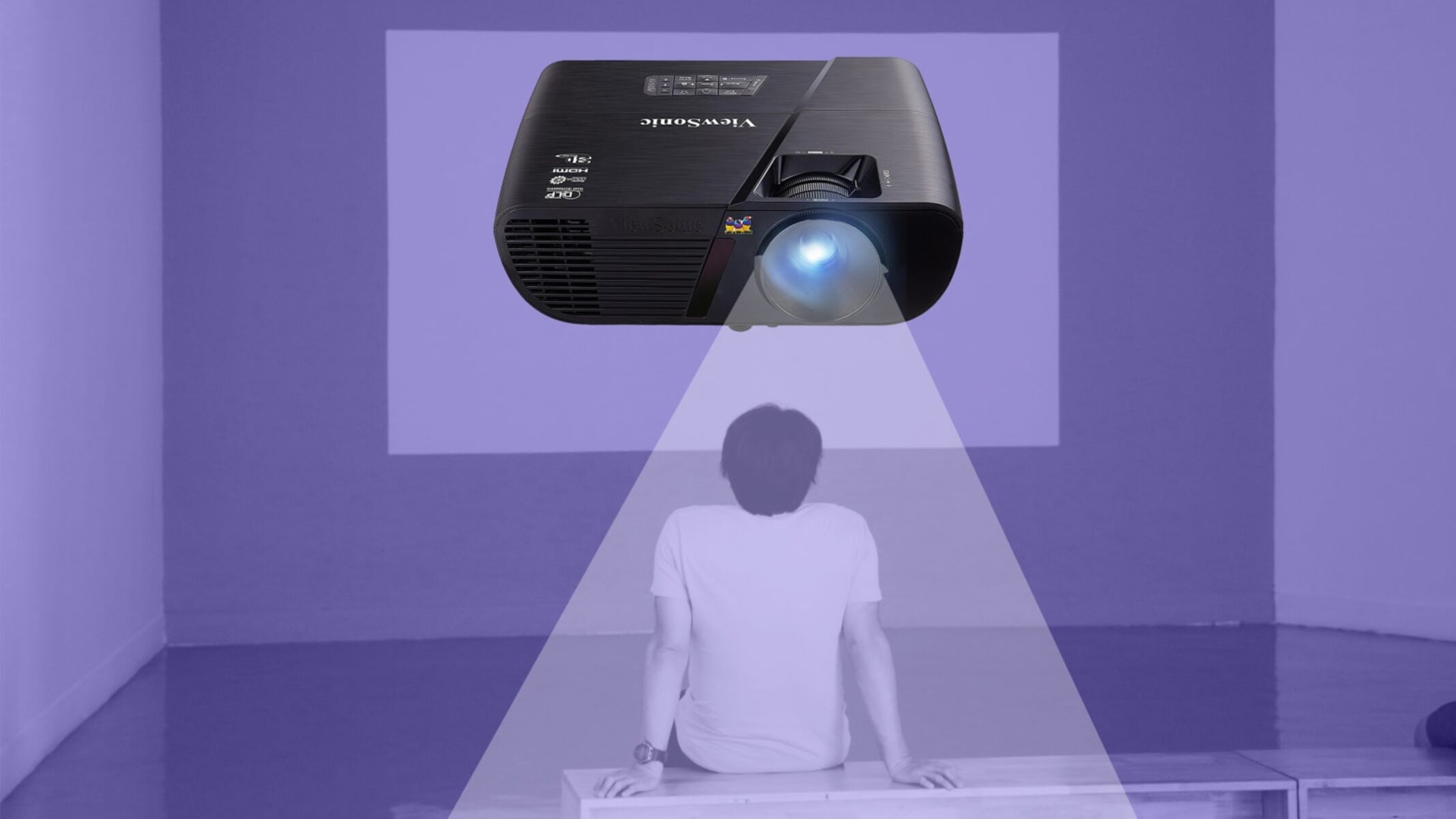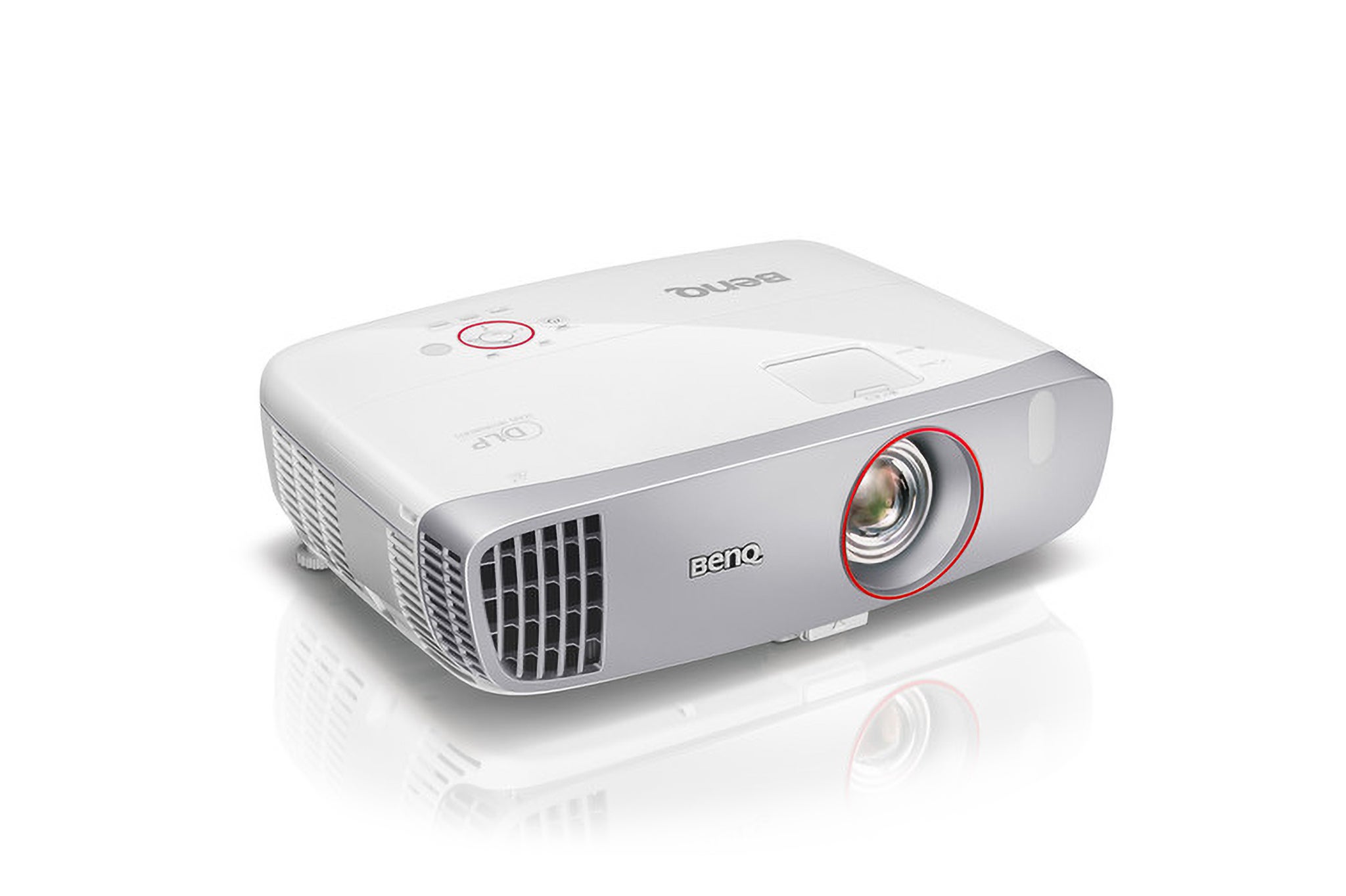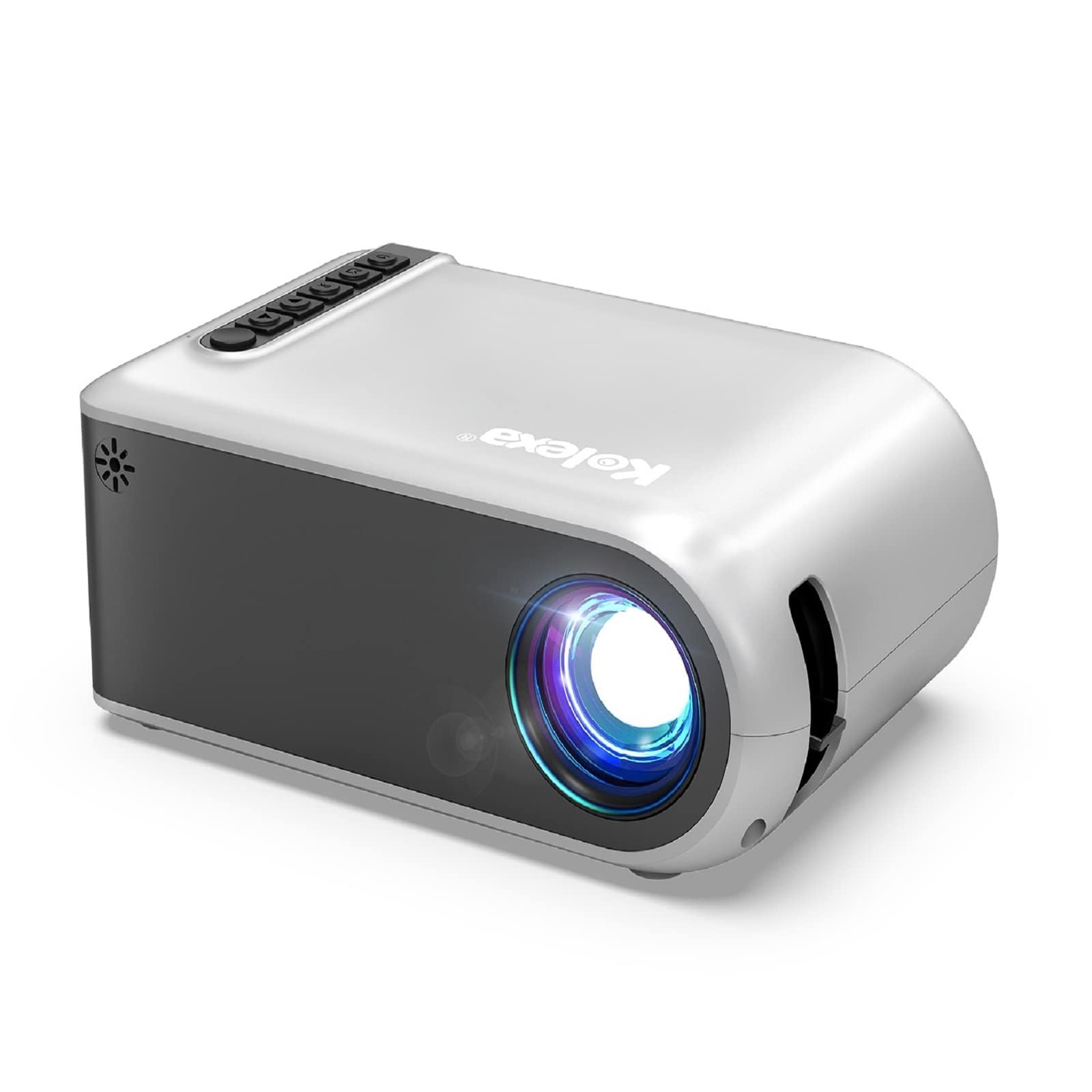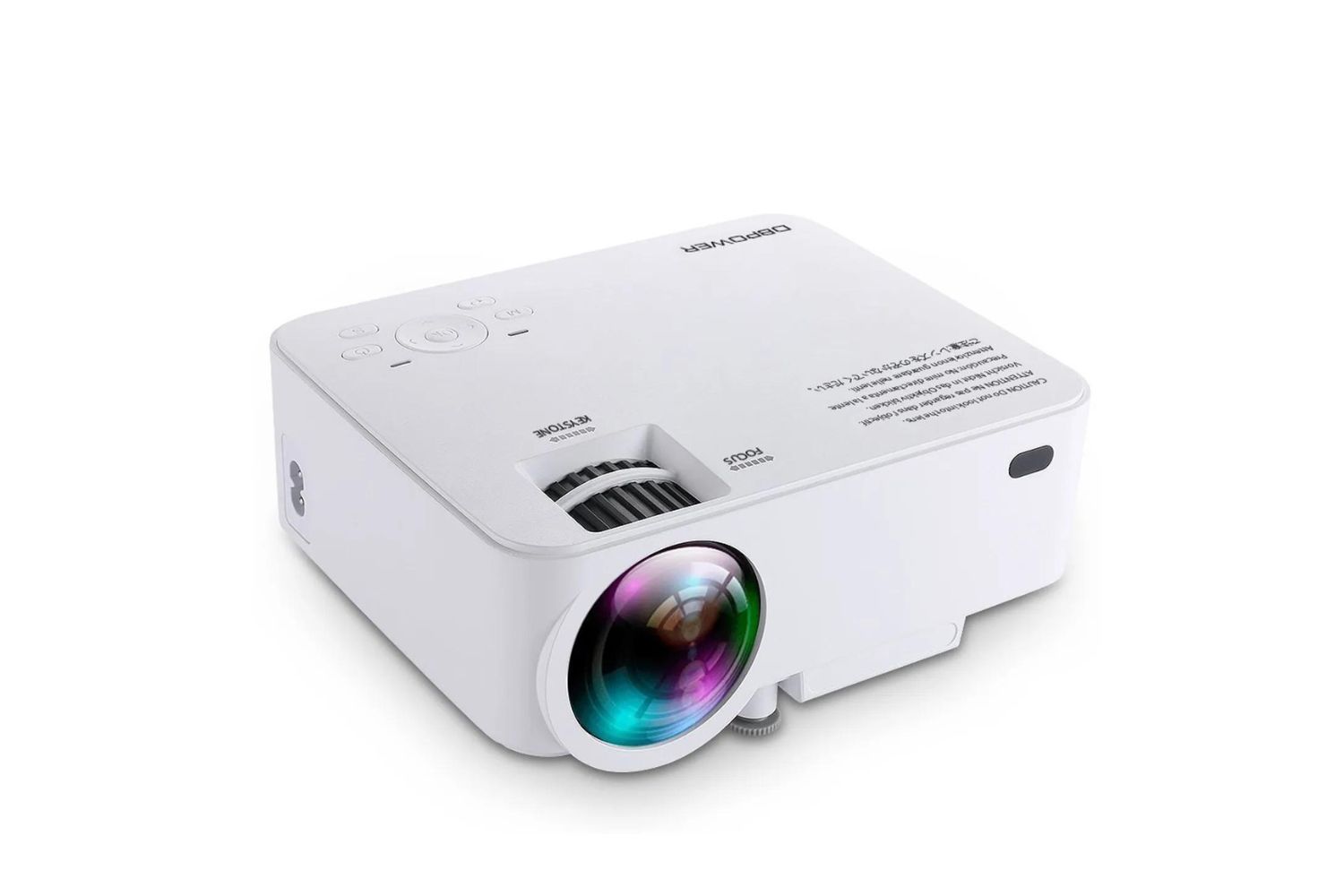Introduction
When it comes to visual displays, projectors have become indispensable tools for various settings, from boardrooms and classrooms to home entertainment systems. However, not all projectors are created equal, and understanding the differences between a data projector and a home theater projector is crucial in making an informed purchasing decision. While both devices share the common goal of projecting images onto a screen or surface, their intended uses, features, and performance capabilities vary significantly.
Data projectors, also known as multimedia projectors, are designed primarily for business and educational purposes. They excel in delivering crisp, clear presentations, slideshows, and data visualization in well-lit environments, making them ideal for conference rooms, meeting spaces, and classrooms. On the other hand, home theater projectors are tailored to meet the demands of immersive cinematic experiences, offering high-definition video playback and superior color accuracy for movie nights, gaming, and other home entertainment applications.
Understanding the distinctions between these two projector types is essential for consumers seeking to optimize their viewing experiences, whether for work or leisure. In the following sections, we will delve into the specific functionalities, resolution, brightness, portability, connectivity, sound quality, and pricing differences between data projectors and home theater projectors, providing a comprehensive guide for prospective buyers.
Functionality
Data projectors are engineered to prioritize functionality in professional settings, emphasizing versatility and compatibility with a wide range of devices. These projectors typically feature multiple input options, such as VGA, HDMI, and USB ports, enabling seamless connectivity with laptops, desktop computers, tablets, and other presentation devices. Moreover, they often incorporate built-in software and tools for facilitating effective presentations, including keystone correction, split-screen capabilities, and wireless mirroring functionalities to accommodate diverse user needs.
Conversely, home theater projectors are tailored to deliver exceptional video and audio performance, aiming to recreate the immersive atmosphere of a movie theater within the confines of a home environment. These projectors prioritize video playback quality, supporting high-definition content with vibrant colors, deep contrast levels, and superior image clarity. Additionally, they may integrate advanced image processing technologies, such as frame interpolation and dynamic iris adjustments, to enhance motion handling and optimize picture quality during fast-paced scenes in movies and games.
While data projectors excel in versatility and adaptability for professional presentations, home theater projectors prioritize cinematic visual experiences, catering to the demands of movie enthusiasts and gamers. Understanding the distinct functionalities of these projectors is crucial for aligning their capabilities with specific usage scenarios, ensuring that users can make informed decisions based on their unique requirements.
Resolution
Resolution plays a pivotal role in determining the clarity and detail of projected images, and it is a key point of differentiation between data projectors and home theater projectors. Data projectors commonly offer standard resolutions, such as XGA (1024×768) or WXGA (1280×800), which are well-suited for displaying presentations, spreadsheets, and graphics with sufficient clarity for business and educational purposes. These resolutions prioritize legibility and overall visual coherence, catering to the specific requirements of data-driven content in professional environments.
In contrast, home theater projectors are engineered to deliver high-definition resolutions, including Full HD (1920×1080) and 4K UHD (3840×2160), to showcase movies, TV shows, and gaming content with exceptional detail and visual fidelity. The higher pixel density and increased sharpness afforded by these resolutions contribute to a more immersive and captivating viewing experience, allowing viewers to discern finer nuances in on-screen imagery, from intricate textures to subtle color gradients.
By understanding the resolution disparities between data projectors and home theater projectors, consumers can align their preferences with their intended usage scenarios, ensuring that they select a projector that optimally complements their content and visual expectations.
Brightness
Brightness, measured in lumens, is a critical factor in determining a projector’s ability to produce vivid and visible images, especially in varying ambient lighting conditions. Data projectors are engineered to deliver high brightness levels, typically ranging from 2500 to 6000 lumens or more, to ensure clear visibility of presentations and data-driven content in well-lit environments, such as meeting rooms and classrooms. This robust brightness capability enables data projectors to combat ambient light interference, maintaining image clarity and legibility even when used in brightly illuminated settings.
On the other hand, home theater projectors prioritize contrast and color accuracy over sheer brightness, often offering lower lumen outputs compared to data projectors. While the brightness specifications for home theater projectors vary, they generally fall within the range of 1000 to 2500 lumens, as these projectors are designed for use in controlled lighting environments, such as dedicated home theaters or dimly lit living spaces. By focusing on optimal contrast ratios and color reproduction, home theater projectors can deliver rich, cinematic visuals with deep blacks and vibrant colors, enhancing the overall viewing experience.
Understanding the divergent brightness capabilities of data projectors and home theater projectors is crucial for selecting the right device based on the intended usage environment and lighting conditions. While data projectors excel in combating ambient light and delivering impactful presentations, home theater projectors prioritize visual finesse and cinematic immersion, catering to the specific requirements of home entertainment setups.
Portability
Portability is a key consideration for users who require the flexibility to set up and transport their projectors across different locations. Data projectors are designed with portability in mind, featuring compact and lightweight designs that facilitate easy transportation between meeting rooms, offices, and off-site presentations. These projectors are often equipped with carrying handles and travel-friendly accessories, allowing users to effortlessly pack and move them as needed, making them ideal for professionals who frequently conduct presentations in various venues.
Conversely, home theater projectors are typically intended for permanent or semi-permanent installations within dedicated home entertainment spaces. While some home theater projectors may offer portability features, such as carrying cases or adjustable mounting options, they are generally less focused on mobility compared to data projectors. Instead, home theater projectors prioritize optimal placement and calibration within a fixed viewing environment, ensuring that they deliver consistent and immersive visual experiences without the need for frequent relocation.
Understanding the differing portability attributes of data projectors and home theater projectors is essential for aligning the projector’s mobility with the user’s specific requirements. Whether it involves frequent on-the-go presentations or the creation of a dedicated home theater setup, selecting a projector that aligns with the desired level of portability can significantly enhance user convenience and satisfaction.
Connectivity
Connectivity options play a crucial role in determining the versatility and compatibility of projectors with various devices and media sources. Data projectors are engineered to offer a wide array of connectivity ports, encompassing traditional interfaces such as VGA and HDMI, as well as modern wireless connectivity standards like Miracast and AirPlay. This comprehensive range of input options enables seamless integration with laptops, desktop computers, smartphones, and other presentation devices, accommodating diverse user preferences and technological ecosystems.
Conversely, home theater projectors prioritize streamlined connectivity for audiovisual sources commonly found in home entertainment setups. While HDMI remains a staple connection for transmitting high-definition video and audio signals from Blu-ray players, gaming consoles, and streaming devices, home theater projectors may also feature audio output options for connecting to external sound systems or speakers. Furthermore, some home theater projectors integrate smart features, such as built-in streaming apps or network connectivity, to directly access online content without the need for additional devices.
Understanding the distinct connectivity capabilities of data projectors and home theater projectors is essential for ensuring seamless integration with existing devices and media sources. By evaluating the available connectivity options, users can select a projector that aligns with their specific usage scenarios, whether it involves professional presentations in diverse environments or immersive multimedia experiences within a home theater setup.
Sound Quality
Sound quality is a critical aspect of the overall viewing experience, and it varies significantly between data projectors and home theater projectors. Data projectors typically feature built-in speakers that prioritize clear vocal reproduction and adequate volume levels to support presentations and multimedia content in small to mid-sized rooms. While these integrated speakers serve the basic audio needs for business presentations, they may lack the depth and richness required for immersive home entertainment experiences.
In contrast, home theater projectors are often paired with external audio systems, such as surround sound setups or soundbars, to deliver enhanced audio immersion that complements the cinematic visuals. While some home theater projectors may incorporate built-in speakers, the emphasis is on facilitating seamless integration with dedicated audio equipment to achieve robust, multi-channel sound reproduction. This approach ensures that viewers can fully appreciate the nuances of movie soundtracks, gaming effects, and music, creating a captivating auditory backdrop for their visual experiences.
Understanding the disparate sound quality offerings of data projectors and home theater projectors is essential for users seeking to optimize their audiovisual setups. By considering the audio capabilities of each projector type, individuals can make informed decisions regarding supplementary audio equipment and configurations, ensuring that the sound quality aligns with their expectations and enhances the overall viewing enjoyment.
Price
Price considerations play a significant role in the decision-making process when choosing between data projectors and home theater projectors. Data projectors, tailored for professional and educational use, are often priced competitively to cater to budget-conscious organizations and individuals. The pricing of data projectors varies based on factors such as resolution, brightness, connectivity options, and additional features, allowing users to select models that align with their specific requirements and financial constraints.
Conversely, home theater projectors, designed to deliver immersive cinematic experiences, may encompass a broader pricing spectrum, ranging from mid-range options to high-end, premium models. The pricing of home theater projectors is influenced by factors such as resolution, image processing technologies, color accuracy, contrast ratios, and compatibility with HDR (High Dynamic Range) content. Additionally, the inclusion of smart features, motorized lens adjustments, and advanced connectivity options can contribute to the overall cost of home theater projectors.
Understanding the pricing dynamics of data projectors and home theater projectors is essential for users seeking to make informed purchasing decisions within their budgetary constraints. By evaluating the pricing relative to the features and performance attributes offered by each projector type, individuals can identify the most suitable option that strikes a balance between affordability and meeting their specific visual and audiovisual requirements.
Conclusion
Ultimately, the choice between a data projector and a home theater projector hinges on the intended usage scenarios, visual requirements, and audiovisual expectations of the user. Data projectors excel in delivering versatile and impactful presentations, offering high brightness, comprehensive connectivity options, and portability features tailored for professional environments. In contrast, home theater projectors prioritize immersive cinematic experiences, boasting high-resolution visuals, enhanced color accuracy, and compatibility with dedicated audio systems to create captivating home entertainment setups.
By considering the distinct functionalities, resolution capabilities, brightness levels, portability attributes, connectivity options, sound quality, and pricing dynamics of data projectors and home theater projectors, individuals can make informed decisions based on their specific needs and preferences. Whether it involves facilitating engaging business presentations, educational sessions, or creating a home theater environment for movies, gaming, and multimedia content, selecting the appropriate projector type can significantly enhance the overall viewing experience and user satisfaction.
Ultimately, the optimal choice between a data projector and a home theater projector is contingent upon aligning the projector’s features and performance attributes with the user’s unique usage scenarios and visual expectations, ensuring that the selected device fulfills the desired functionality and delivers a compelling audiovisual experience.










